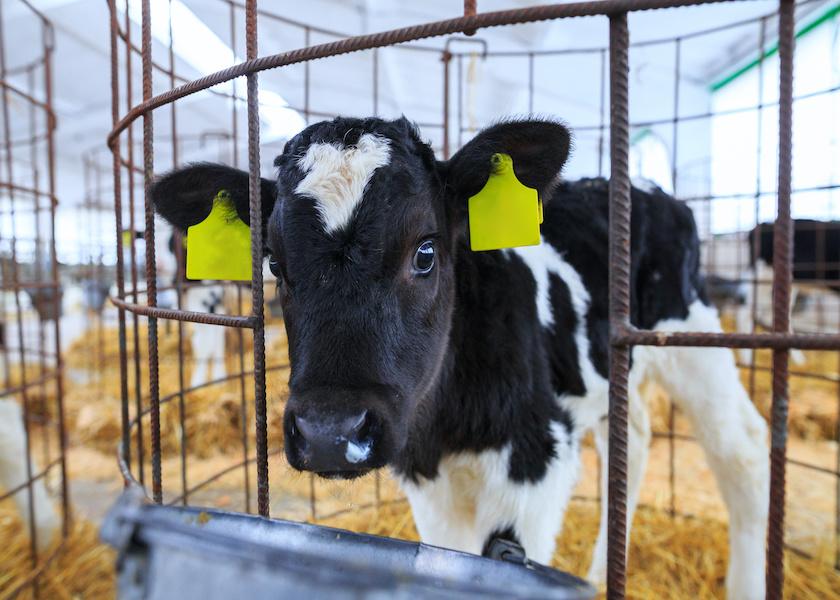Late Maternal Stress Proves to be Real

Sam Peetz, Calf Manager at Rosy-Lane Holsteins, Watertown, Wis., had read about research indicating that late-dry-period stress can have negative effects on the developing fetus.
But the theory turned into practice for the 1,750-cow Holstein herd last fall, when the dairy purchased a second facility about 50 miles away near Paoli, Wis.
“This satellite site is intended to be strictly a milking facility,” explained Peetz. “Our intent is to freshen and rebreed every animal at the home dairy, and send them to the Paoli farm at about 120 days in milk.”
To make that happen, a little bit of short-term shuffling was necessary immediately after the acquisition. In November 2021, several dozen late-period dry cows were moved from the new dairy to the home site. Some were as close-up as 2 weeks before freshening.
Rosy-Lane Partner and Herd Manager, Jordan Matthews, said many of the offspring of those cows were culled because they didn’t match Rosy-Lane’s genetic standards. While all calves received colostrum, only three heifers were retained as replacements.
The herd’s veterinarian checks every retained calf at Rosy-Lane for serum total protein (STP) between 15 hours and 7 days of age. Peetz was caught a bit off guard at the performance of those three calves.
Two of the calves failed to meet the herd’s “passing” STP threshold of 5.1 g/dL, and the third died before she could be tested.
“She appeared totally normal and drank her milk at 5:00 a.m., then had a massive digestive upset and was dead by 10:00 a.m.,” recalled Peetz. “Our veterinarian said cases like that can happen – possibly due to clostridia – in calves that do not have adequate immunity.” It was an uncommon event for the herd, which maintains an annual death loss of less than 3% for calves 70 days of age and under.
Additionally, the late-gestation move influenced the quality and quantity of colostrum through the herd transition. The dairy’s standard protocol is to pool and freeze colostrum that passes a quality threshold of 22 percent or higher on a Brix scale.
“We were tight on colostrum supplies during that stretch,” noted Peetz. “Yield was lower than normal, and several cows did not pass the quality screening, so their colostrum had to be discarded.”
Now that the initial transition phase has passed, cows are being moved back to the dairy immediately at dry-off, and newborn calf statistics are back on track. Using the herd’s STP assessment rating of “Poor, Fair, Good, and Excellent,” every calf at the most recent check was rated “Excellent.”
“It was an unfortunate-but-temporary situation that we’re glad to have behind us now,” Matthews said. “And we learned some important lessons along the way.”
For Peetz, it was a telling experience that reinforced his knowledge from scientific literature. “Some of the research on dry-period stress is tied to heat stress. In this case, it was November, so heat wasn’t even a factor,” he noted. “But it still was obvious that a move that close to calving was not good for the offspring.
“It’s made a believer out of me.”







